Lacrosse Penalties Explained
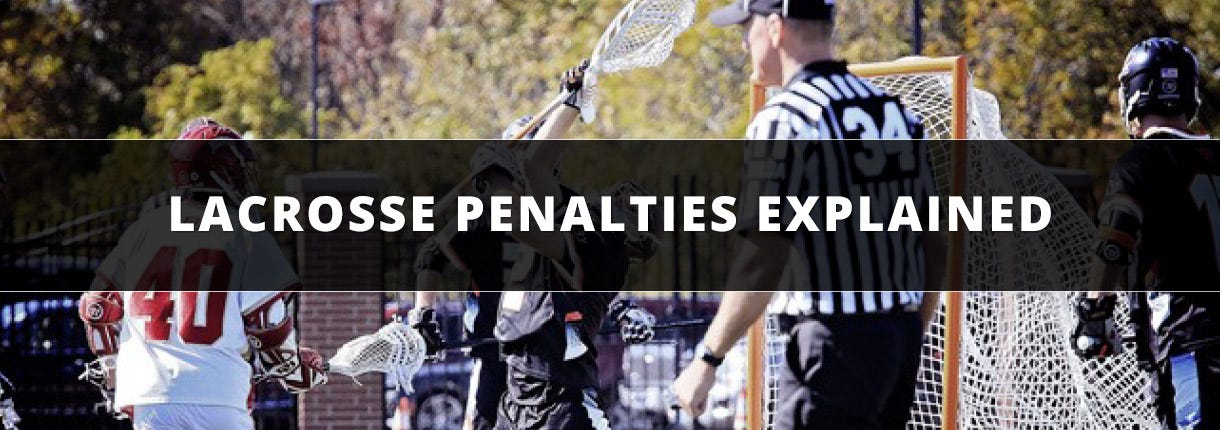
Understanding lacrosse penalties is crucial for players, coaches, and fans, as it significantly impacts the game's flow, player strategies, and overall fairness. Lacrosse penalties maintain sportsmanship and player safety while ensuring the game's rules are upheld. For those seeking comprehensive knowledge about lacrosse or the right equipment, LacrosseMonkey stands as a reliable resource.
In this article, we’ll cover:
Basics of Lacrosse Penalties
Definition
A penalty in lacrosse is a consequence for violating the game's rules, distinct from fouls which are specific rule infractions. Penalties aim to deter players from unfair play and ensure the game's integrity.
Purpose
Penalties exist to ensure fair play, sportsmanship, and safety. They hold players accountable for rule violations and keep the game competitive and enjoyable.
Types of Lacrosse Penalties
Personal Fouls
Personal fouls are serious violations that impact safety and fair play.
1.) Cross-Checking
Definition: Using the lacrosse stick between the hands to contact an opponent.
Consequences: 1-3 minute penalty, based on severity.
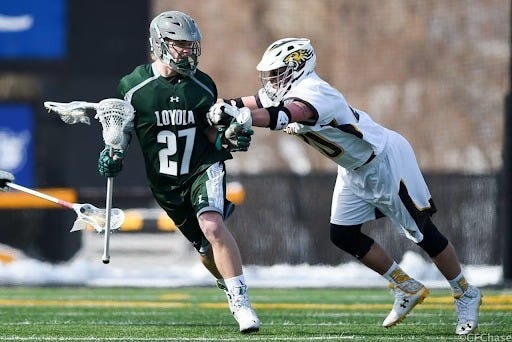

2.) Slashing
Definition: Swinging the stick at an opponent forcefully.
Consequences: 1-3 minute penalty, based on severity.
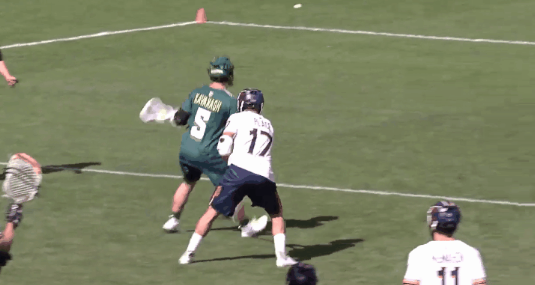

3.) Tripping
Definition: Using the stick or body to trip an opponent.
Consequences: 1-3 minute penalty, based on severity.
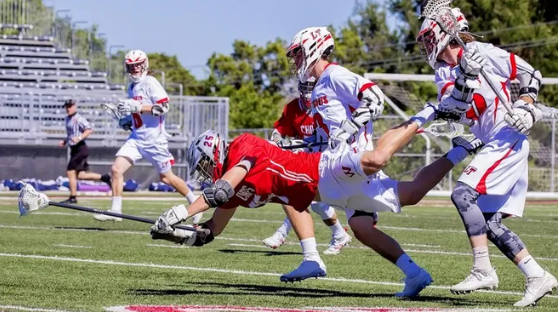

4.) Unnecessary Roughness
Definition: Excessive or violent force that is deemed unnecessary for a legal check.
Consequences: 1-3 minute penalty, depending on severity.
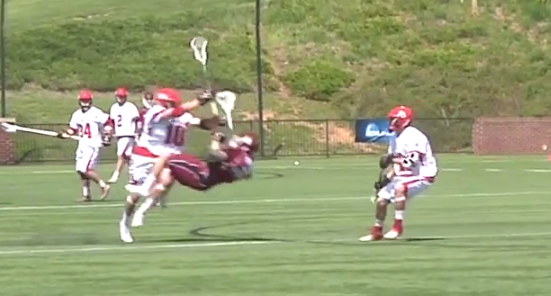

Technical Fouls
Technical fouls are less severe but impact gameplay.
- Holding
- Definition: Using the hands or stick to impede the movement of an opponent.
- Consequences: 30 seconds to 1 minute penalty.
- Offsides
- Definition: The failure to have the required number of players on the defensive and offensive sides of the field.
- Consequences: Possession is given to the opposing team and a 30 second penalty
- Warding
- Definition: Using the free hand or arm to hold, push, or control the direction of an opponent's stick.
- Consequences: 30 seconds to 1 minute penalty.
Referee Signals for Lacrosse Penalties
Referees use specific hand signals to communicate various penalties, ensuring clear understanding among players, coaches, and spectators.
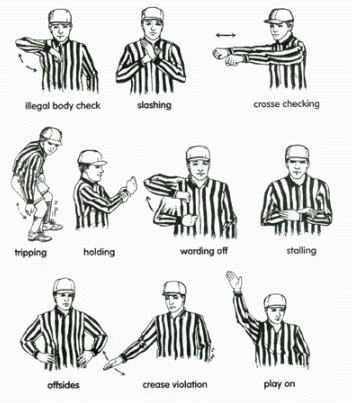

Penalty Shot in Lacrosse
In lacrosse, a penalty shot is awarded under specific conditions, often due to a severe or intentional foul that thwarts a clear scoring opportunity. In field lacrosse, it's rare and usually follows a defensive player's illegal act, like entering the crease to stop a goal on an empty net. Conversely, in box lacrosse, penalty shots are more frequent, awarded for fouls against a player in a clear scoring position or when a defender, other than the goalie, deliberately interacts with the ball in the crease. The procedure involves the shooter beginning from a set point, with the goalie restricted to the crease until the play starts. The player has one chance to score; if successful, a goal is awarded, but if missed or saved, play resumes normally.
Strategically, penalty shots are pivotal in lacrosse, capable of significantly altering the game's momentum, particularly at critical moments or in breaking ties. The psychological impact on both the shooter and the goalie can influence their subsequent performance, while the outcome of the shot can greatly affect team morale. Teams may designate specialists for penalty shots, adding an extra strategic layer. This makes penalty shots not just a means to score but a crucial psychological and tactical element in the broader context of the game.
Strategies to Avoid Lacrosse Penalties
Players should focus on clean and controlled play, adhering to rules to minimize penalties. Coaches play a crucial role in instilling discipline and sportsmanship.
Lacrosse Penalties List
| Penalty | Definition | Consequences |
| Cross-Checking | Using stick between hands to make contact | 1-3 minutes depending on severity |
| Slashing | Swinging stick at opponent with force | 1-3 minutes depending on severity |
| Tripping | Using stick or body to trip opponent | 1-3 minutes depending on severity |
| Unnecessary Roughness | Excessive or violent force | 1-3 minutes depending on severity |
| Holding | Using hands or stick to impede opponent | 30 seconds to 1 minute |
| Offsides | Failure to have required players on each side | 30 seconds |
| Warding | Using free hand or arm to control opponent's stick | 30 seconds to 1 minute |
Lacrosse Penalties FAQs
What are the most common lacrosse penalties?
The most common penalties in lacrosse include slashing, holding, and offsides, each affecting the game's flow and player conduct.
How do referees determine the severity of a penalty in lacrosse?
Referees assess the severity based on the infraction's nature, the intent, and the impact on the game, deciding the appropriate penalty duration and type.
What happens if a player accumulates multiple penalties in a game?
Accumulating multiple penalties can lead to extended time in the penalty box and, in severe cases, ejection from the game.
Are there any penalties for illegal equipment in lacrosse?
Yes, using illegal equipment results in penalties, including time-serving penalties or disqualification, depending on the equipment and league rules.








